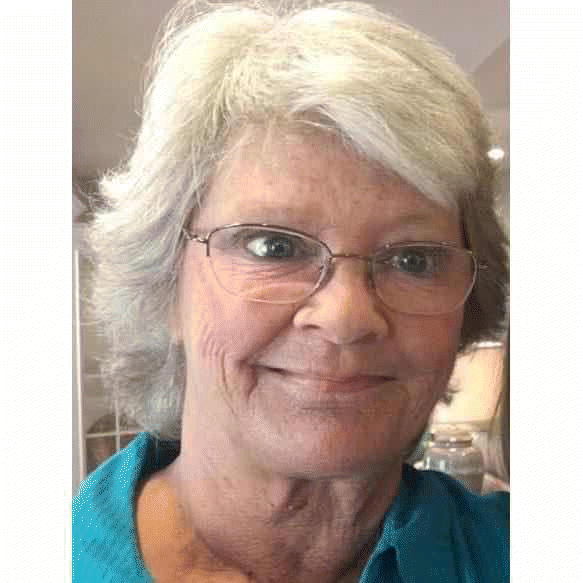Health and Mind: June is Scoliosis Awareness Month
Published 3:33 pm Wednesday, June 14, 2023

- Curvature of the spine and woman body back view 3D rendering illustration with copy space. Spine disorder, scoliosis, backbone injury, human anatomy and medical concepts.
|
Getting your Trinity Audio player ready...
|
By Cara O’Neill
Clark County Health Department
Scoliosis is a sideways curvature of the spine that occurs most often during the growth spurt just before puberty. While scoliosis can be caused by conditions such as cerebral palsy and muscular dystrophy, the cause of most scoliosis is unknown. About 3% of adolescents have scoliosis.
Most cases of scoliosis are mild, but some spine deformities continue to get more severe as children grow. Severe scoliosis can be disabling. An especially severe spinal curve can reduce the amount of space within the chest, making it difficult for the lungs to function properly.
Children who have mild scoliosis are monitored closely, usually with X-rays, to see if the curve is getting worse. In many cases, no treatment is necessary. Some children will need to wear a brace to stop the curve from worsening. Others may need surgery to keep the scoliosis from worsening and to straighten severe cases of scoliosis.
Signs and symptoms of scoliosis may include:
• Uneven shoulders
• One shoulder blade that appears more prominent than the other
• Uneven waist
• One hip higher than the other
If a scoliosis curve gets worse, the spine will also rotate or twist, in addition to curving side to side. This causes the ribs on one side of the body to stick out farther than on the other side.
Go to your doctor if you notice signs or symptoms of scoliosis in your child. Mild curves, however, can develop without the parent or child knowing it because they appear gradually and usually don’t cause pain. Occasionally, teachers, friends and sports teammates are the first to notice a child’s scoliosis.
Doctors don’t know what causes the most common type of scoliosis — although it appears to involve hereditary factors, because the disorder tends to run in families. Less common types of scoliosis may be caused by:
• Neuromuscular conditions, such as cerebral palsy or muscular dystrophy
• Birth defects affecting the development of the bones of the spine
• Injuries to or infections of the spine
Risk factors for developing the most common type of scoliosis include:
• Age. Signs and symptoms typically begin during the growth spurt that occurs just prior to puberty.
• Sex. Although both boys and girls develop mild scoliosis at about the same rate, girls have a much higher risk of the curve worsening and requiring treatment.
• Family history. Scoliosis can run in families, but most children with scoliosis don’t have a family history of the disease.
While most people with scoliosis have a mild form of the disorder, scoliosis may sometimes cause complications, including:
• Lung and heart damage. In severe scoliosis, the rib cage may press against the lungs and heart, making it more difficult to breathe and harder for the heart to pump.
• Back problems. Adults who had scoliosis as children are more likely to have chronic back pain than are people in the general population.
• Appearance. As scoliosis worsens, it can cause more noticeable changes — including uneven hips and shoulders, prominent ribs, and a shift of the waist and trunk to the side. Individuals with scoliosis often become self-conscious about their appearance.
The doctor will initially take a detailed medical history and may ask questions about recent growth. During the physical exam, your doctor may have your child stand and then bend forward from the waist, with arms hanging loosely, to see if one side of the rib cage is more prominent than the other.
Your doctor may also perform a neurological exam to check for:
• Muscle weakness
• Numbness
• Abnormal reflexes
Plain X-rays can confirm the diagnosis of scoliosis and reveal the severity of the spinal curvature. If a doctor suspects that an underlying condition — such as a tumor — is causing the scoliosis, he or she may recommend additional imaging tests, such as an MRI.
Clark County Health Department supports families through a variety of programming and services, including: Nutrition Therapy, family planning, immunizations, WIC, HANDS, community education events, Cooper Clayton smoking cessation, etc. For more information on our services, please call 744-4482 or visit our website at www.clarkhealthdept.org. You can also like us on Facebook or follow us on Twitter.





